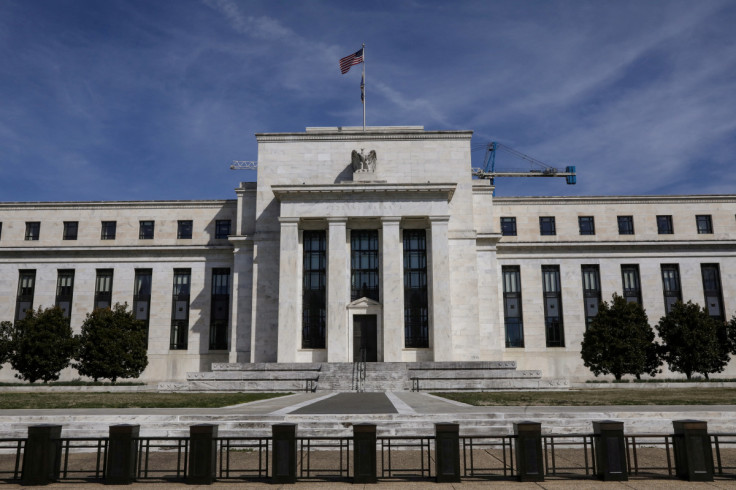Fed To Stick With Aggressive Rate Hikes After Hot Inflation Data

The Federal Reserve is expected to deliver a third straight 75-basis-point interest rate hike next week, with more increases to come, after data on Tuesday showed consumer prices in August did not ease as anticipated and price pressures appeared to broaden.
The consumer price index climbed 0.1% last month from July, and gained 8.3% from the year-earlier period, the Labor Department reported.
Economists had expected a small monthly decline amid falling energy prices, paving the way for the U.S. central bank to perhaps slow the pace of its rate hikes in coming months. But the report showed accelerating inflation in services and a particularly worrisome rise in the cost of rent, which tends to be sticky from one month to the next.
"Putting a lid on escalating shelter costs is the linchpin to taming inflation," said Ron Temple, a managing director at Lazard Asset Management, but because rent rises tend to get locked in for 12-month terms, Fed rate hikes cannot quickly bring shelter costs to heel. "The Fed still has more heavy lifting ahead.
Fed Chair Jerome Powell and his colleagues have already raised borrowing costs faster this year than at any time since the 1980s to fight decades-high inflation.
If the Fed announces a 75-basis-point hike at the end of its Sept. 20-21 meeting, its targeted policy rate would rise to the 3.00%-3.25% range, above the level that most policymakers believe will start biting into economic growth and pushing up unemployment.
Traders of futures tied to the Fed policy rate responded to Tuesday's disappointing inflation data by dropping any lingering bets on the prospect of the central bank downshifting to a half-percentage-point hike next week.
Market pricing now reflects expectations for another 75-basis-point rate hike and a one-in-five chance that the Fed will raise rates by a full percentage point next week, with the policy rate seen reaching the 4.00%-4.25% range by the end of this year.
Policymakers have downplayed the importance of any single data point, and have said they expect to keep raising borrowing costs until there is a sustained drop in inflation, which is running far above the Fed's 2% target.
Despite an easing of prices for some items, such as airline tickets, the August CPI data dashed Fed policymakers' hopes for the beginnings of a broader pullback.
Prices of new cars and household furnishing gained, as did prices of food, while core prices - which exclude volatile food and energy components - jumped 0.6% in August from July, twice what analysts polled by Reuters had expected. That put the yearly gain in core prices - a key measure of how persistent inflation could be - at 6.3%, a jump from 5.9% in July.
The report "was worse than expected; it certainly increased the Fed's resolve to remain hawkish," wrote Roberto Perli, an economist at Piper Sandler, who added that the Fed will need to see several months of easing inflation before even thinking about a pause in rate hikes. For now, Perli said, "we are not even remotely close."
WAGE-PRICE SPIRAL?
Fed policymakers have been particularly attuned to services inflation, of which the labor bill is a big chunk. The concern is that as prices rise, workers demand higher wages to enable them to pay their bills, and employers in turn raise prices to cover the higher wage costs.
Policymakers so far have drawn comfort from the relative stability of long-term inflation expectations, which suggests that a 1970s-style wage-price spiral is not in train.
But wage growth, though still below top-line inflation, is accelerating as the unemployment rate, which was 3.7% in August, remains low and labor shortages force employers to raise what they pay workers.
Noting that the report showed particularly strong inflation in wage-sensitive categories like restaurants and medical care, Goldman Sachs economists bumped up their rate hike outlook for the year, saying they now see the Fed delivering a 75-basis-point hike next week and two half-percentage-point hikes in November and December.
© Copyright Thomson Reuters {{Year}}. All rights reserved.





















